5 Uniquely Japanese Events In A Child’s First Year
Unique Cultural Traditions
Japan is a busy country. And a baby's first year is not an exception.
Japan has a culture that is rich with tradition and events for every season. As someone who comes from a place where it is often a celebrated “thing” to buck tradition rather than embrace it, I’m charmed. The grand entrance of a child into the world also brings with it a unique variety of special customs. These Japanese events for a child’s first year offer a fascinating glimpse into how deeply culture and family are intertwined.
While not many families will follow them all, there are no fewer than 10 traditions to have considered by baby’s first birthday. Here, we take a look at five of them.
1. Oshichiya Meimei Shiki (Baby Naming Ceremony)
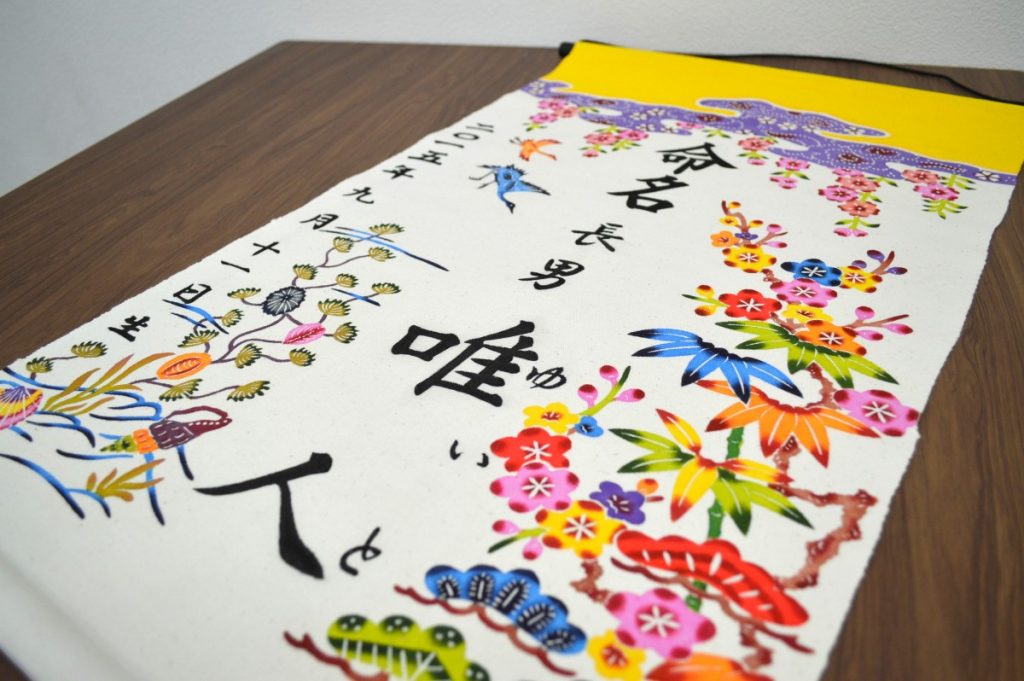
In line with its Chinese characters (七; shichi, meaning seven, and 夜; ya, meaning night), oshichiya traditionally takes place on the seventh night after birth. The baby’s name is announced at an intimate gathering (usually just a few close relatives) and will be written in calligraphy on a scroll or card. The baby will be dressed in white (traditionally, newborns are dressed in white until after 17 days) and guests present gifts of money and partake in a celebratory meal.
2. Okuizome (First meal)
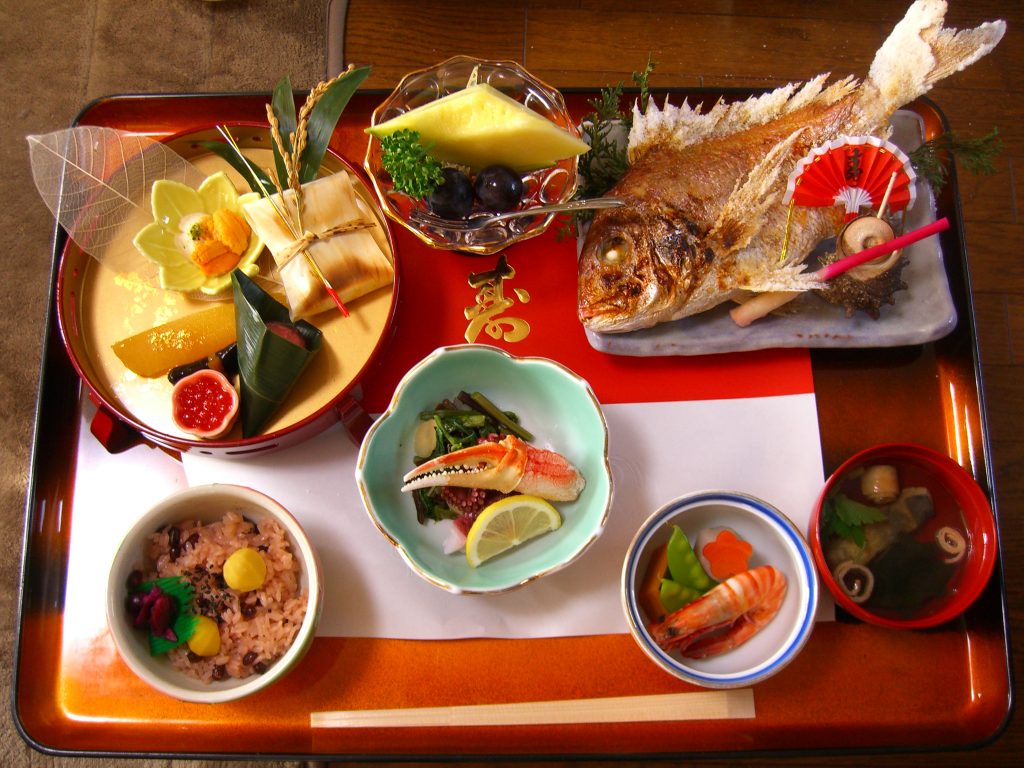
Okuizome (お食い初め) usually takes place around the baby’s 100th day of life. A celebratory meal is prepared and presented to the baby as their “first meal.” Of course, while the parents might tentatively attempt to give baby a taste, at three months, they are unlikely to eat much, leaving the adults to devour the feast on offer.
Similar to osechi ryori eaten at New Year’s time, many of the festive menu items have a special meaning. For example, umeboshi (dried plum) symbolizes the hope that baby will live until they are old and wrinkly. The extravagance of the feast itself expresses the hope that the child will enjoy an abundance of nutritious foods and health throughout her life. The baby is also given smooth, round “teething” stones to munch on.
3. Hatsu-Zekku (First Festival)
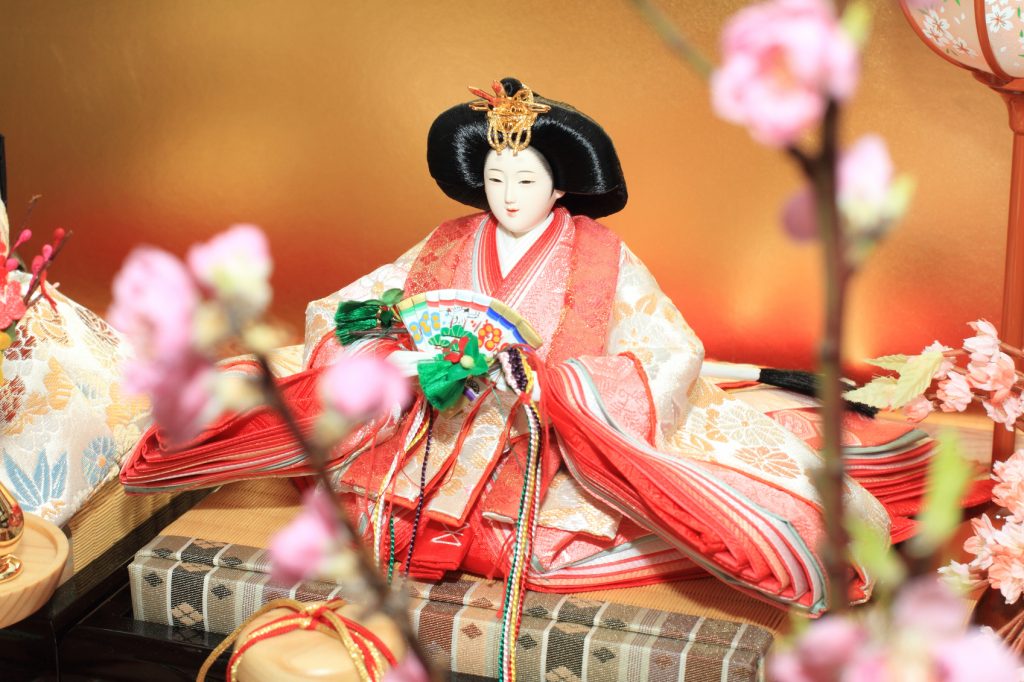
Hinamatsuri (Girls’ Day) is a special day for girls celebrated on March 3rd each year. A child’s first Hinamatsuri is particularly cherished. A hina-doll is decorated and displayed on her behalf for the first time to show her parents’ desire for her to grow up happy and healthy. The family will enjoy special sweets, sushi and other treats.
The equivalent for baby boys is Kodomo No Hi (Children’s Day), which is annually celebrated on May 5th. Previously, this day was known as Boys’ Day and retains that theme. On this day, families traditionally display their samurai dolls and raise koinobori (a carp-shaped streamer) as a symbol of strength and vitality.
4. Isshou Mochi (First Birthday Rice Cake)
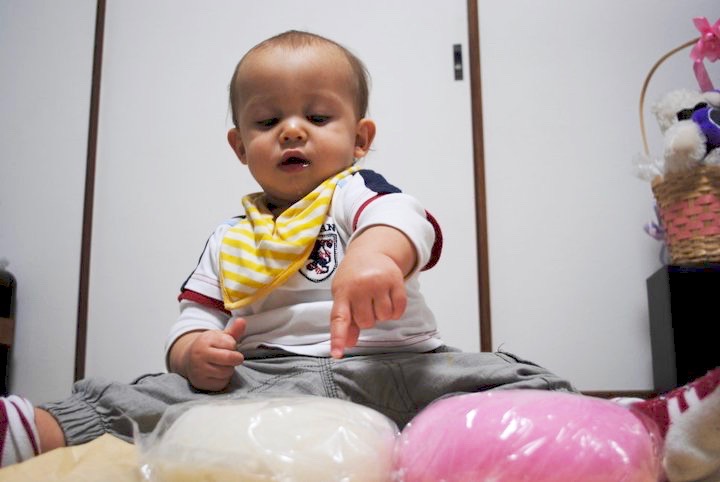
In many Western cultures, babies are presented with a cream-covered cake to smash on their first birthday. In contrast, Japanese children are given approximately 2kg of birthday rice cakes to carry on their backs!
The load consists of one or two red and white rice cakes packaged in a traditional wrapping cloth. This ritual symbolizes the parents’ wish that the child will successfully navigate the travails of life while remaining in possession of good health, food and emnan (a word meaning peace, harmony, integrity and other such attributes) throughout.
5. Erabitori (Choose & Take)
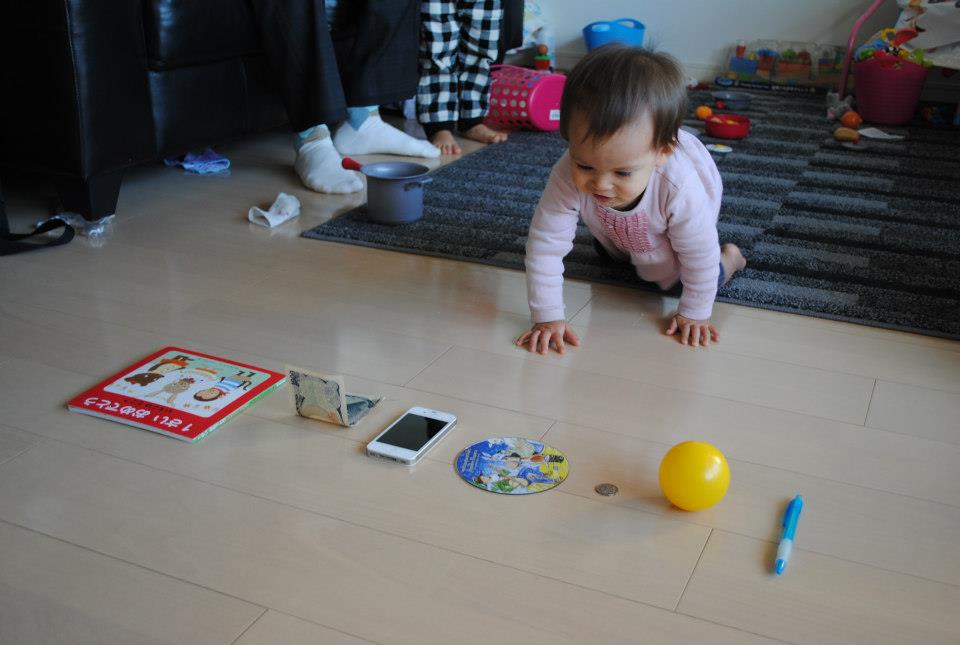
Erabitori also occurs on a baby’s first birthday. For this, several items, such as a pen, money, ruler and chopsticks, are placed in front of baby. The item that baby chooses is said to indicate their calling in life. If she takes the money, this predicts an aptitude for business and future wealth; the pen: perhaps a future writer; and chopsticks: a cook? Or maybe a future foodie!
These are some of the first of many special family occasions Japanese children are likely to enjoy throughout their lives. Through each, like in every country, the parents express the high hopes they hold for their child.
Did you or your children experience any of these Japanese events in your first year of life?
This article has been republished for 2025.












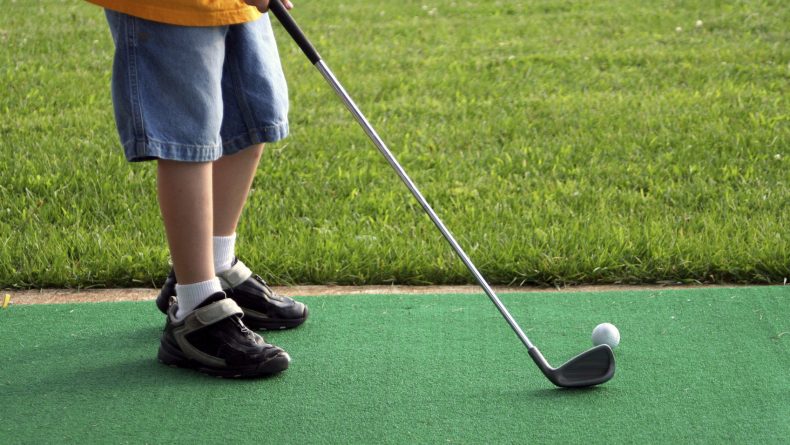


Hi. I am half Japanese andy grand mother and mother would practice these festivals and rituals and I am thankful to come.across.this website so I can get.more clarity of their meanings and importance.